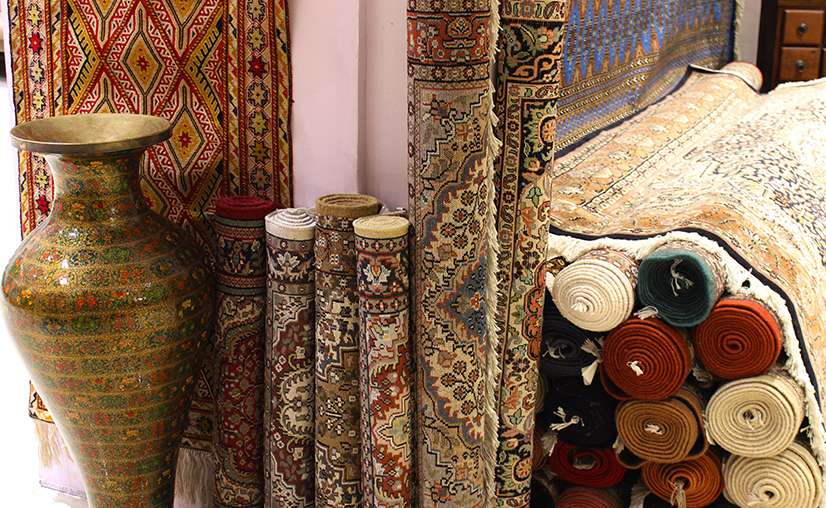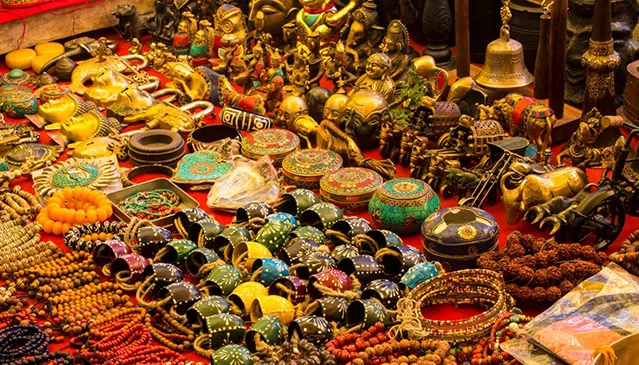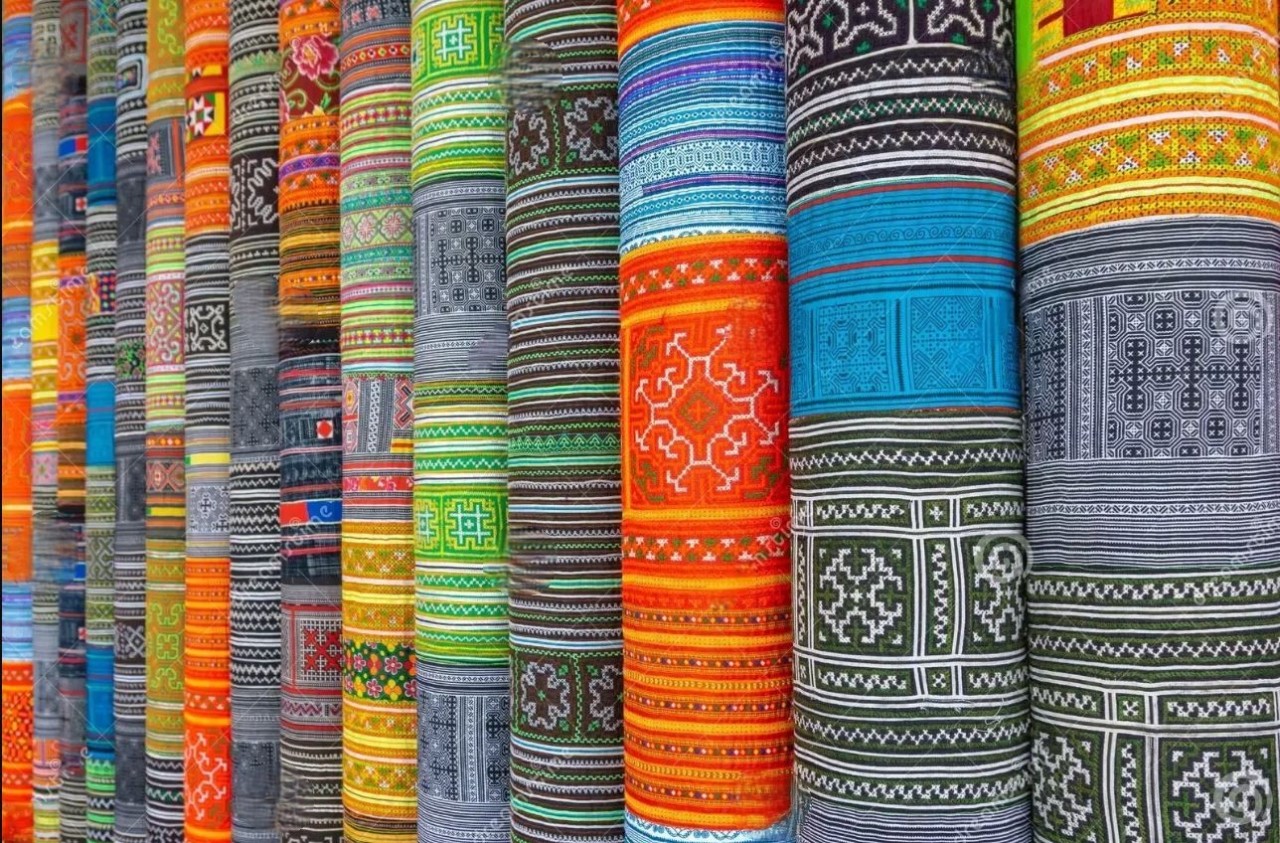Jammu & Kashmir’s Handicraft Renaissance: Doubling Exports Through Tradition and Innovation
November 30, 2024 | by gurjeetsaini@yahoo.com

The recent surge in Jammu and Kashmir’s handloom and handicraft exports marks a significant achievement for the region. Here are the key highlights of this development:
Export Growth
- Handicraft and handloom exports from J&K almost doubled from ₹563 crore in 2021-22 to ₹1,162 crore in 2023-24, reflecting a dramatic rise in global demand.
Key Initiatives Driving Growth
- Geographical Indication (GI) Tagging:
- 10 crafts have already received GI tags, with 12 more pending approval.
- QR code-based GI tags ensure authenticity, boosting consumer confidence and traceability.
- Over 50,000 shawls and carpets now bear GI tags, contributing significantly to exports.
- E-Commerce Platform:
- A dedicated online platform connects artisans directly with global customers, opening markets in the Gulf and Europe.
- Promotion and Skill Development:
- Local exhibitions and government-backed emporiums provide artisans with avenues to showcase their work.
- Modernization of production techniques is being encouraged while preserving traditional methods.
Major Products and Contributions
- Kashmiri Carpets: Over ₹500 crore in annual exports.
- Pashmina Shawls: The GI tag has enhanced demand and consumer awareness of genuine Pashmina.
- Other crafts like papier-mâché, wood carving, and crewel embroidery are also gaining international attention.
Challenges Faced
- Unorganized Sector: The industry lacks a structured framework, making scaling and modernization difficult.
- Limited Technology Access: Many artisans still rely on traditional tools, reducing productivity.
- Pandemic Impact: The COVID-19 pandemic disrupted production and supply chains, affecting the livelihood of approximately 300,000 artisans.
Future Goals
- Expanding marketing efforts to sustain global demand.
- Providing greater access to technology and skill development programs.
- Revitalizing local markets to ensure steady income for artisans.
- Promoting Kashmiri crafts as a symbol of quality and authenticity worldwide.
This blend of traditional craftsmanship with modern marketing and technology is preserving J&K’s cultural heritage while fostering economic growth. As artisans embrace these opportunities, the region’s rich artisanal traditions are set to gain even more recognition globally.
RELATED POSTS
View all



